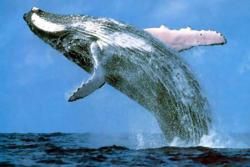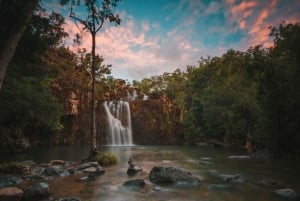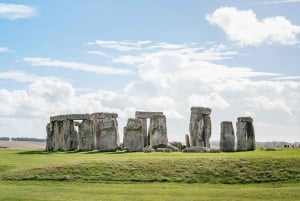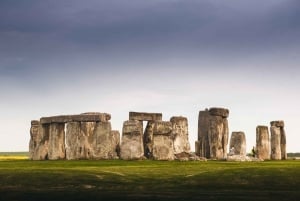The Great Barrier Reef, A living world!
Sea snakes
The Great Barrier Reef is home to approximately 17 species of sea snakes. These snakes, unlike land snakes, give birth to live young in the water. They need to come up for air every 20 to 30 minutes even though they are clearly build to be great marine animals with flattened tails that act as paddles to swim with ease through the water. A common species, the Olive sea snake is a curious snake and will sometimes come close to drivers. They are venomous and potentially dangerous but not aggressive and if respected pose little threat. No one has ever died from the bite of one of Australia’s sea snakes.
Marine turtles
An endangered 6 of the world’s 7 species of sea turtle call the Great Barrier Reef home. It is thought that the sea turtles were around to live with dinosaurs but have evolved to become completely aquatic since then, now only coming to shore to lay their eggs. The common species that you are likely to see if you go SCUBA driving on the reef include the green sea turtle and the loggerhead turtle. All of our turtles are protected because their populations are at great risk of becoming extinct but the Indigenous people of Australia have a special and important role for the sea turtles in their culture, eating them and crafting their shells. Green sea turtle females usually only mate once every 2 to 4 years and they are thought to only reach sexual maturity between the ages of 20 and 50. As eggs their sex is determined by the temperature they are at (similar to the crocodile) with higher temperatures producing in females and cooler temperature producing males. The hatchlings make the journey without their mother into the sea and many are eaten before they reach the water.
Cetaceans
These are aquatic mammals which include whales, dolphins and dugongs. 30 species of whales and dolphins live in and around the Great Barrier Reef.
Whales
The Great Barrier Reef has a number of beautiful whales though different seasons of the year including the Humpback whale and the Minke whale. Whales are beautiful, large, gentle animals. Australians do not use the whales that visit our continent or food or otherwise, but you can join a whale watching boat to observe them.
Dolphins
The Great Barrier Reef has three types of dolphins; the bottle nosed, the Irrawaddy and the indo-pacific. Dolphins are not as large are whales but very gentle and much more social. Dolphins are intelligent and have been trained by humans to perform and interact in some cases.
Dugongs
About 20% of Australia’s dugongs live on the Great Barrier Reef. Unlike whales and dolphins, dugongs are herbivorous (but can eat small amounts of invertebrates) and they cannot remain under water too long as they need to breath very regularly. Like many whales, dugongs are very shy. They are very slow in the water and cannot breed often, making their numbers minimal. The females begin to breed from 6 to 17 years old and up to once every 2 and a half years after that. Dugong population has fallen 97% since 1960 and have been recognized internationally as an endangered species. They are protected on the Great Barrier Reef with many choosing to spend a lot of time at the Great Barrier Reef, even so, they are shy and hard to spot.












